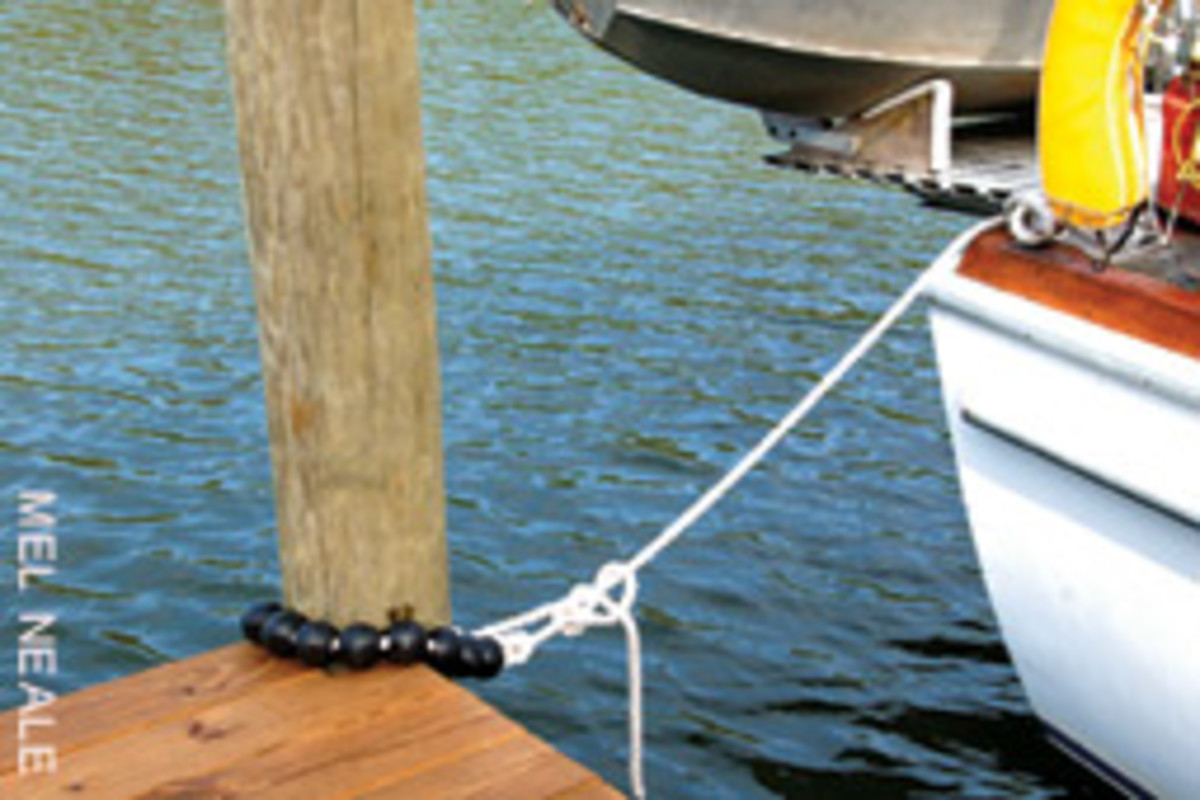

This would be increased further if a wind from the south adds its push of the water into Narragansett Bay. Some Warwick roads are regularly flooded over during spring tides, particularly when the moon is closer to the Earth. The lesser high and low tides found at first and last quarter moons, are called neap tides. These are referred to as spring tides – not named for the season, but for springing up higher (and lower) than normal.
#Tying to a cdock with large tides full#
The alignment of the earth, sun and moon corresponds to new moon and full moon. Of course when the sun and moon pull together, the tides are higher (and lower) than when they are at right angles. The moon varies from 221,463 to 252,710 miles from Earth, about a quarter of a million miles away. What causes tides? The sun is 27 million times larger than the moon, but it is over 350 million times as far away. Certainly enough to cause a sailboat to lose ground! If you are going through the Cape Cod Canal, at certain times you may encounter a current up to five knots. Closer to home, in Hingham, Massachusetts, for over 300 years they operated a tide-powered grain mill. In La Rance River in France they have had a dam with 24 turbines, which has produced power for Paris and Brittany since 1966. The power of tidal water moving can be harnessed.

A similar tidal bore, although not as spectacular, flows up the Amazon River at tide change. In Nova Scotia the shape of the land with long inlets makes the tide difference as much as 50 feet! When the tide changes, the resulting tidal bore in the Bay of Fundy, particularly at a full moon, is a wall of water surging up the narrow inlet. You don’t want to tie it up tightly at high tide and return at low tide to find it hanging on its lines! Of course we do not have to contend with the large range of tides found in some places.

That’s one of the considerations in tying your boat up to a fixed dock or a piling. The depth difference between low and high tides is generally three or four feet. Narragansett Bay has an average depth of 26 feet, and its maximum depth is 184 feet in an area off Castle Hill. It was a training ship and I imagine all the trainees spent those hours learning all about tides and charts. Unfortunately, it was on an outgoing tide, so she had to sit there embarrassed, for many hours. We once watched a foreign tall ship sail up the Mystic River without consulting their chart and run firmly aground. You should know how much water your boat needs, and how high it is from the waterline to the top of your highest antenna. How high is your mast if you are a sailboat owner? How about your tower and antennas if you are a powerboat owner? Conversely, there are bridges you can get under at low tide, but not at high tide. There are areas you can safely pass over at high tide, but you’d run aground at low tide. True, but what does tide have to do with boating in Narragansett Bay? It certainly affects your height above the bottom. TideSlides are custom fabricated when ordered and are therefore considered special order items, which are non-refundable and non-returnable.Time and tide wait for no man. TideSlide's vertical movement absorbs the built up energy and allows your boat to be safely and securely held while winds, waves, and the tide do their thing. Without slack in the lines, excess energy is not generated with your boat springing against the lines.

Simply pull up to the dock and tie-up with nice, snug lines. TideSlides eliminate the slack line necessary in conventional tie-up, removing the guesswork on how long lines need to be for any given tide. Finally, park and tie your boat to the dock cleats with rope or line. Then shift your boat against the dock at 45 degrees, moving parallel. Any boat, yacht, or ship will benefit from the reduced mooring stresses that are realized from utilizing TideSlide mooring products. To tie a pontoon boat to a dock, you want to start by making sure your bumpers and cleats are in the right position. TideSlide's unique patented design allows the unit to "ride" waves, wakes, and tides and still provide rotational movement of the mooring block. TideSlide products are compact and mount totally out of the way. TideSlides are constructed of type 316 stainless steel and ultra high molecular weight polyethylene, a combination that will stand up to the harshest conditions.
#Tying to a cdock with large tides free#
TideSlide Mooring Products provide safe and secure tie-up and free vertical movement of your boat.


 0 kommentar(er)
0 kommentar(er)
